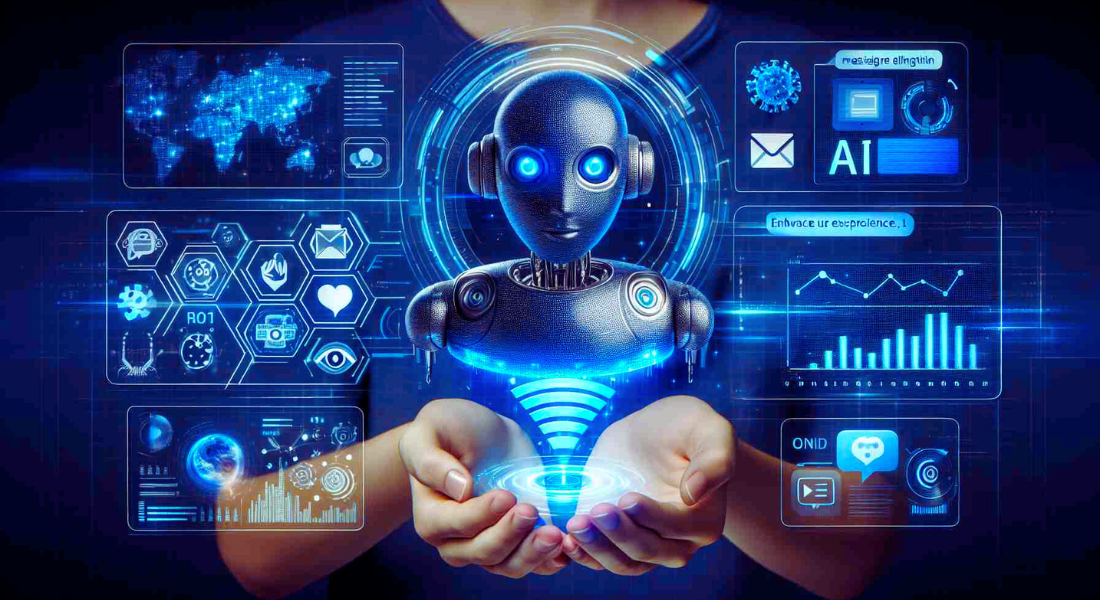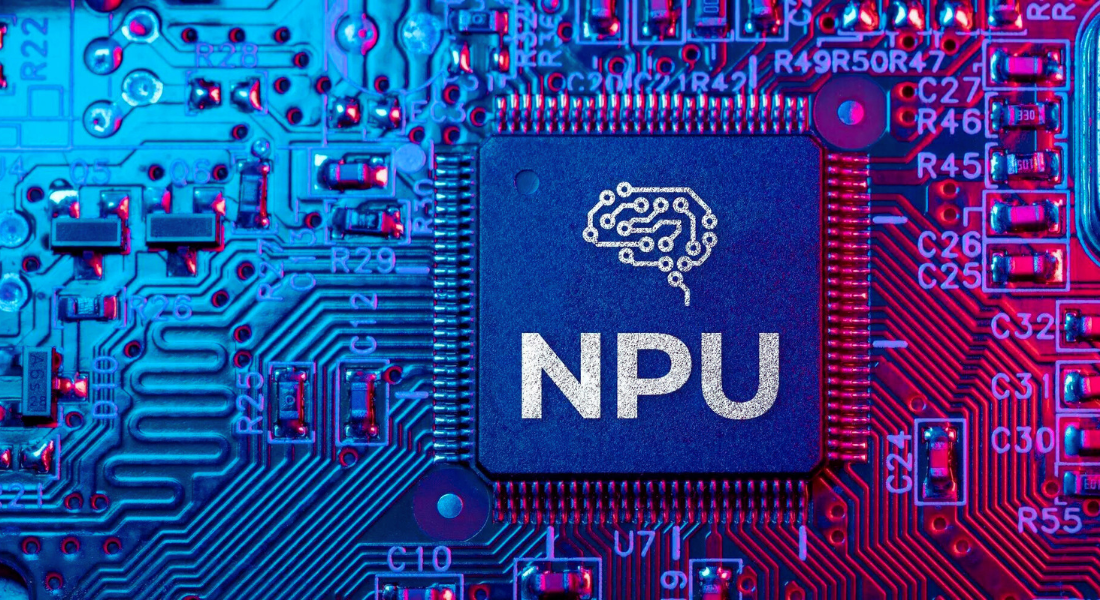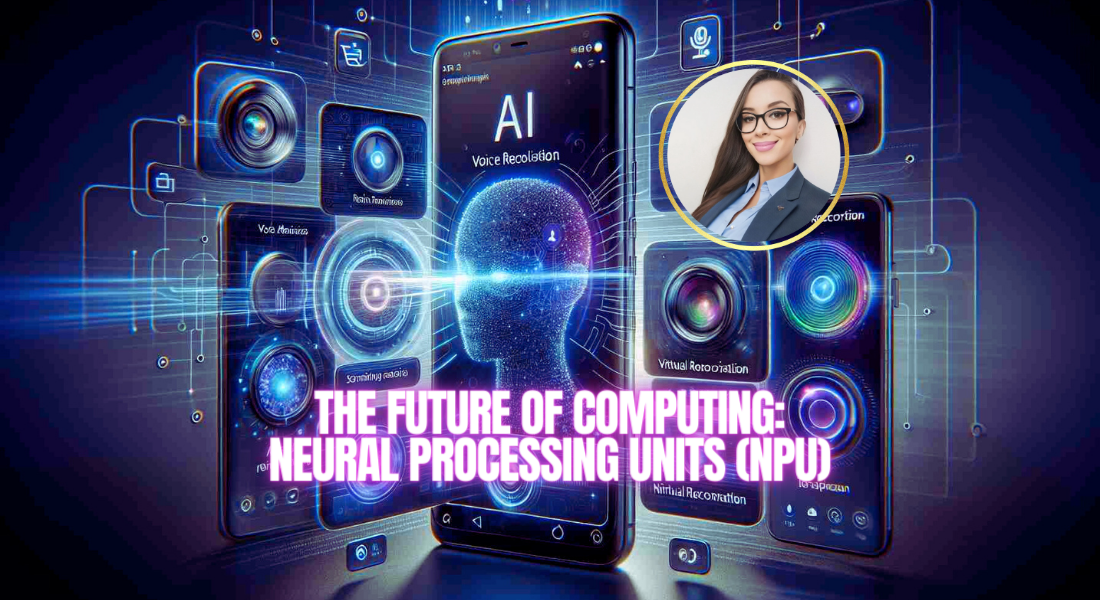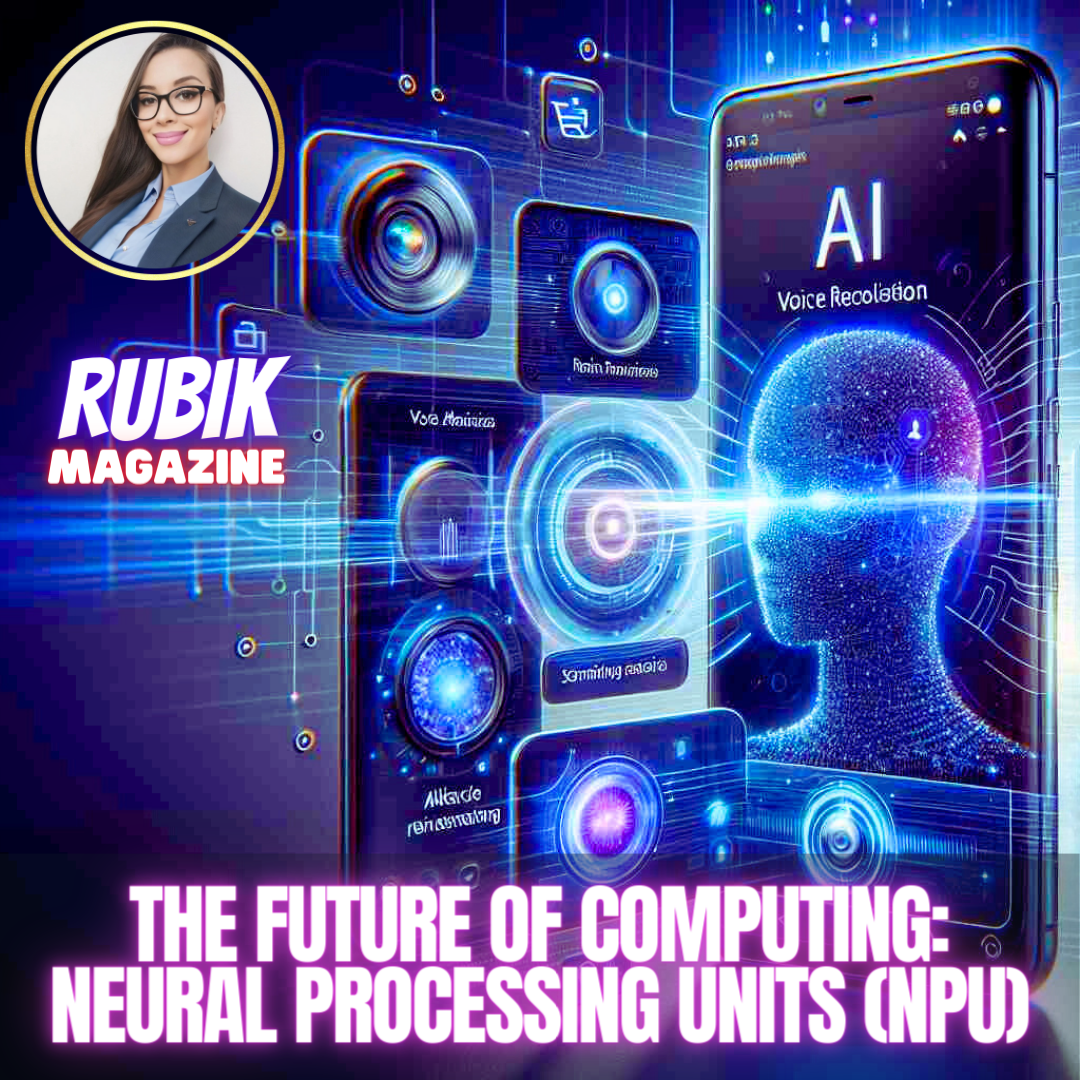
What is an NPU?
A Neural Processing Unit (NPU) is a type of specialized processor designed specifically to handle artificial intelligence algorithms and deep learning tasks much more efficiently than traditional Central Processing Units (CPUs) or Graphics Processing Units (GPUs).
The architecture of an NPU is optimized to perform complex operations of neural networks, such as matrix multiplication and data convolution, with superior speed and energy efficiency. These operations are crucial for training and executing deep learning models, which form the basis of many modern AI applications, including voice and image recognition, automatic translation, and autonomous driving.
In addition to their ability to handle large volumes of data and perform calculations at high speed, NPUs are designed to be extremely efficient in terms of energy consumption. This is particularly important in mobile devices and other embedded systems, where energy efficiency is crucial for maintaining long battery life and sustained performance.
NPUs also benefit from parallel processing capability, allowing them to handle multiple operations simultaneously. This is particularly useful in applications that require real-time processing, such as augmented reality, virtual assistants, and AI-based security surveillance.
An NPU not only provides superior performance for AI tasks but also enables faster and more efficient processing, opening the door to new and advanced technological applications across various fields.

Applications and Advantages
Neural Processing Units (NPUs) are integrated into a wide range of devices, from smartphones and IoT devices to high-capacity servers in data centers. Their implementation significantly enhances the performance of applications requiring intensive data processing, offering a host of benefits for both end-users and developers.
Applications:
1. Smartphones and Mobile Devices:
- Facial Recognition: NPUs enable faster and more accurate facial recognition tasks, enhancing security and user experience.
- Augmented Reality (AR): By efficiently handling large volumes of visual data, NPUs improve the fluidity and interactivity of augmented reality applications, providing more immersive experiences.
- Computational Photography: NPUs optimize image processing, enabling automatic enhancements such as color correction, noise reduction, and real-time HDR.

2. Data Centers and Servers:
- Natural Language Processing (NLP): In applications like virtual assistants and chatbots, NPUs accelerate the understanding and generation of natural language, improving human-machine interaction.
- Big Data Analytics: NPUs enable efficient processing of large datasets, facilitating real-time data analysis for valuable insights.
- Security and Surveillance: NPUs enhance video analysis capabilities in surveillance systems, enabling more precise detection of suspicious behaviors and object recognition.

3. Autonomous Vehicles:
- Autonomous Driving: NPUs are essential in autonomous driving systems, processing data from multiple sensors and cameras to make split-second decisions.
- Driver Assistance: Enhance advanced driver assistance functions (ADAS) such as automatic emergency braking and lane keeping.
Advantages:
1. Energy Efficiency:
- NPUs are designed to perform neural network operations with much lower energy consumption compared to traditional CPUs and GPUs. This is crucial in mobile devices where battery life is critical.
2. Speed and Performance:
- Thanks to their architecture optimized for massive parallelism, NPUs can process multiple operations simultaneously, resulting in higher speed and performance in deep learning tasks and AI processing.
3. Scalability:
- NPUs can be easily scaled in distributed computing architectures, allowing integration into large data centers and facilitating the handling of large-scale AI applications.
4. Reduced Latency:
- By performing data processing locally on the device rather than relying on remote servers, NPUs significantly reduce latency, improving the responsiveness and interactivity of real-time applications.
5. Enhanced User Experience:
- By enabling advanced features such as augmented reality, voice recognition, and computational photography, NPUs enhance user experience, offering smarter and more responsive applications.

Types of NPUs
Neural Processing Units (NPUs) are divided into several types, each tailored to different applications and performance needs. The main types of NPUs are detailed below:
1. Integrated NPUs:
These NPUs are embedded within other chips, such as System-on-Chips (SoCs), and are common in mobile devices and other low-power devices.
- Applications:Smartphones, tablets, IoT devices, and other portable electronic devices.
- Advantages:
- Energy Efficiency: Integrated NPUs offer significant efficiency improvements without significantly increasing power consumption. This is crucial for battery-operated devices.
- Performance Optimization: These NPUs enhance the performance of specific AI tasks such as voice recognition, image processing, and augmented reality without overloading the device's CPU or GPU.
- Latency Reduction: By processing data locally, integrated NPUs reduce latency and improve user experience in real-time applications.
2. Autonomous NPUs:
These units are dedicated exclusively to AI and deep learning tasks, designed to deliver high performance and efficiency in applications requiring intensive data processing.
- Applications: Data centers, cloud services, autonomous vehicles, and other high-demand applications.
Advantages:
- High Performance: Autonomous NPUs are designed to handle large volumes of data and perform complex calculations at high speed, making them ideal for applications like big data analysis, enterprise AI, and autonomous driving.
- Scalability: These NPUs can scale in distributed computing architectures, allowing integration into large data centers and facilitating handling of large-scale AI applications.
- Parallel Processing Capability: Autonomous NPUs can process multiple operations simultaneously, improving efficiency and reducing processing times in complex applications.

Comparison between Integrated and Autonomous NPUs
- Power Consumption: Integrated NPUs are designed to be energy-efficient, which is crucial for mobile devices. In contrast, autonomous NPUs, while also efficient, are optimized for performance and may consume more power due to the intensive nature of the applications they handle.
- Flexibility and Usage: Integrated NPUs are more suitable for devices with space and energy constraints, such as smartphones and wearables. In contrast, autonomous NPUs are ideal for environments where space and energy are not primary limitations, allowing optimal performance in high-demand applications.
- Costs: Integrated NPUs are often more cost-effective due to their inclusion in SoCs, reducing manufacturing and design costs. Autonomous NPUs, as specialized high-performance units, may involve higher investment but offer superior capabilities justified in critical applications.

Leaders in Innovation
Renowned technology companies such as Apple, Google, and Huawei are at the forefront of NPU development. Apple has integrated NPUs into its latest processors, enhancing applications in photography, augmented reality, and voice recognition on its devices. Google has developed the TPU (Tensor Processing Unit) for its cloud AI services, providing unprecedented performance in machine learning tasks.

Impact across Various Sectors
The advancement of NPUs not only improves the speed and efficiency of devices but also democratizes access to artificial intelligence. Fields such as medicine, education, and automotive are experiencing significant innovations thanks to this technology. For example, in medicine, NPUs enable rapid and accurate analysis of medical images, improving disease diagnosis and treatment.

Promising Future
The continuous evolution of Neural Processing Units promises a future where artificial intelligence will be even more integrated into our daily lives. From smarter virtual assistants to safer autonomous vehicles, NPUs are at the forefront of the next technological revolution.
In summary, Neural Processing Units are redefining the boundaries of what is possible in computing, making advanced AI capabilities more accessible and efficient. Innovation in this field will continue to drive significant advances in multiple industries, transforming the way we live and work.



